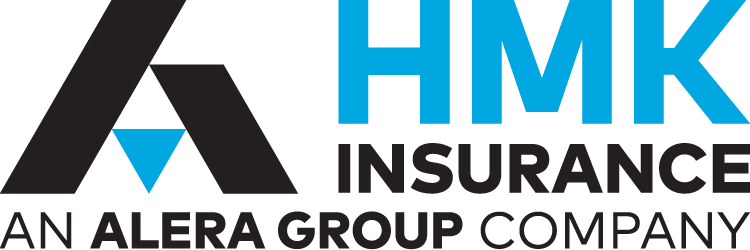 Happy Family Play at Home. How many of you have completed home renovations or improvements while being confined during COVID-19? It is hard to drive through a neighborhood and not notice the changes to homes from replacing siding and roofs, to adding an addition or possibly even some fun stuff like a pool or a “she-shed.”
Happy Family Play at Home. How many of you have completed home renovations or improvements while being confined during COVID-19? It is hard to drive through a neighborhood and not notice the changes to homes from replacing siding and roofs, to adding an addition or possibly even some fun stuff like a pool or a “she-shed.”
Your homeowner’s policy provides two main coverages – coverage for your Property & coverage for your Personal Liability. Sometimes when completing renovations or additions, the need to increase coverage on your homeowner’s policy may become necessary.
A homeowner’s policy is written based on Replacement Cost, or what it would cost to rebuild the home equivalent to what you have now. Often this is confused with the Market Value, what you could sell your home for in the current real estate market. These numbers can often be quite different. For example, an old farmhouse may be constructed of stone and beams that are more expensive to replace. As a result, you will find that this type of home will have a higher dwelling limit then a newer built, frame with siding home, with the same square footage in the same neighborhood.
Adding an addition would require increasing your Dwelling limit to reflect the new square footage of living space that you have added to the home. When adding a structure that is not attached to the home, the limit of coverage under “Other Structures” may need to be adjusted.
The rule of thumb to follow in determining Dwelling or Other Structure is if attached to the home, it falls under Dwelling Coverage. If it is not attached to the home, it is considered Other Structures.
Some examples:
Dwelling Coverage: Attached Garage, Car Port (if attached to the home), an addition to the home, an attached deck or patio
Other Structures: Detached Garage, Shed, Swimming Pools, Pool House
Liability Coverage offers personal protection if someone files suit against you. Typically, a homeowner’s policy provides $100,000 in Personal Liability. You can often increase those limits by $100,000 up to $500,000 for a minimal premium increase. Looking for coverage greater than $500,000 typically requires the purchase of a Personal Liability Umbrella.
If you are adding a pool, a trampoline, basketball hoop etc., you would want to consider increasing your Personal Liability coverage. Having these items increases your exposure to a lawsuit. Increasing your homeowner’s liability from $100,000 to $500,000 is often less than $50 a year…well worth the cost if you find yourself involved in a lawsuit where a third-party was injured at your home.
There are a few things to keep in mind when completing these home projects. When you hire contractors to complete the projects, you will want to ask them to provide you with evidence of General Liability Insurance. Proof can be provided by requesting a certificate of insurance from the contractor with yourself listed as an “Additional Insured” on their General Liability policy. Another important question to ask is whether the contractor hires sub-contractors. If they do, you will also want to require a liability certificate from the sub-contractors. If your contractor does not have insurance and they hurt themselves on your property, chances increase for a liability claim to be filed under your homeowner’s policy.
Always reach out to your insurance agent when considering making changes to your home. It will allow them the opportunity to offer guidance on how best to insure the changes to your property. A routine review of your liability coverage and making sure it is adequate to protect your assets is just as important.

Kellie Eschbach
Personal Lines Manager





